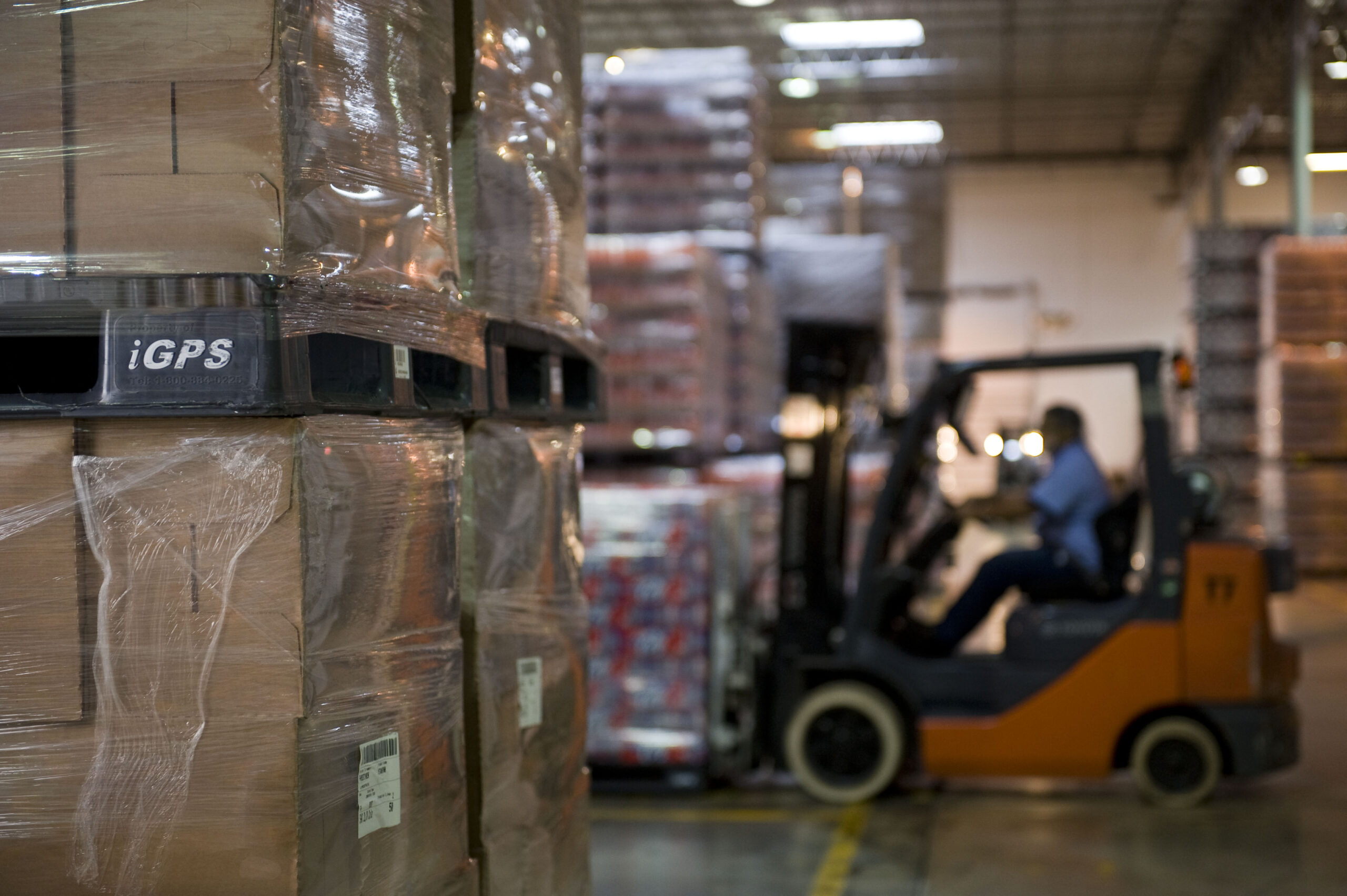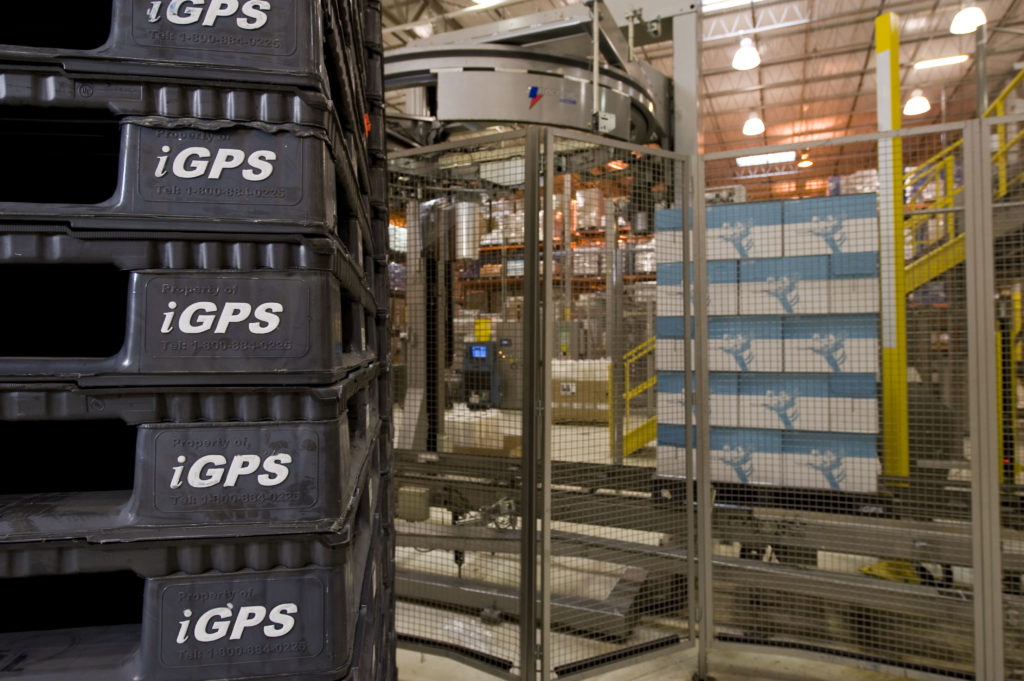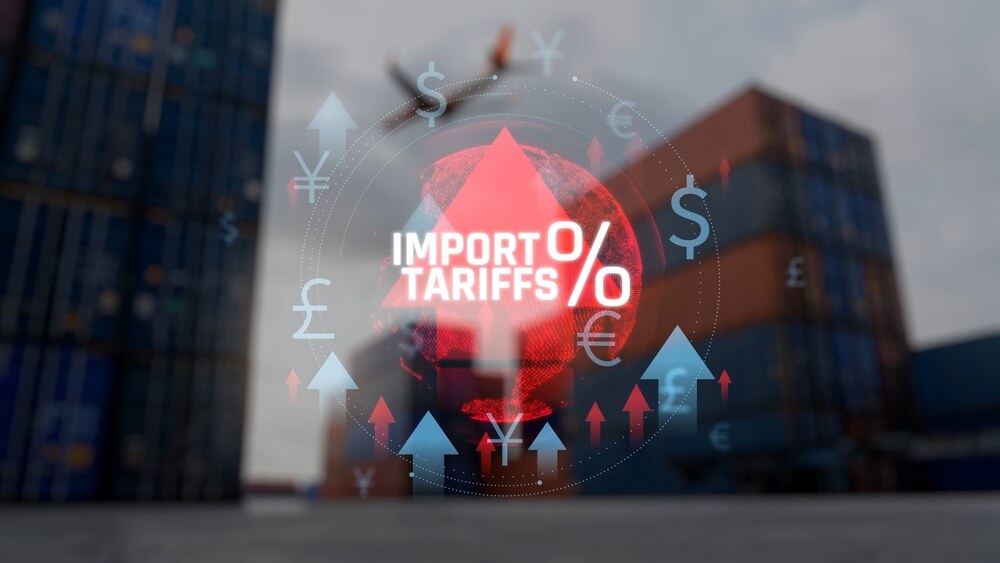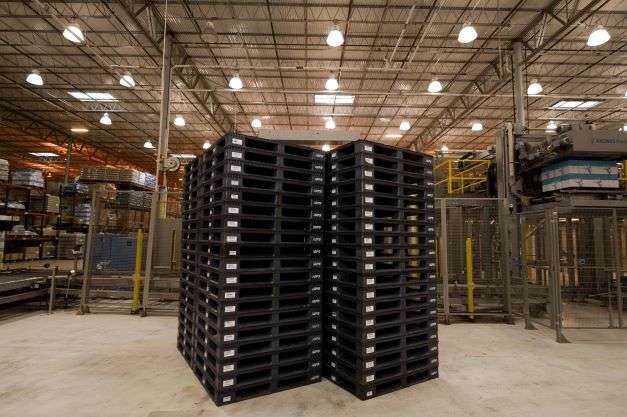-

Traceability in the Food Supply Chain: Why Tracking Food Is Important and How to Do It
The modern food supply chain spans farms, processors, distributors, retailers, and international markets—making traceability more critical than ever. In 2024, the food and beverage industry saw over 740 recalls, more than double the previous year’s total. Under the FDA’s Food Traceability Rule (FSMA 204), companies must now record Critical Tracking Events (CTEs) and Key Data…
-

Pallet Storage Systems: Types, Challenges, and How to Improve Warehouse Efficiency
Key takeaways What Is a Pallet Storage System A pallet storage system is the setup a warehouse uses to organize, hold, and retrieve palletized goods. It helps facilities use space efficiently, keep products accessible, and support smooth movement through manual or automated handling. These systems may include static racks, drive-in lanes, pallet flow lanes, or…
-

Pallet Recycling | The Complete Guide
Key Takeaways Why Recycle Pallets Pallets move through supply chains constantly, and many become damaged, contaminated, or unusable over time. Without a clear plan to dispose or recycle them, unwanted pallets can accumulate behind warehouses or retail locations—creating safety concerns, fire risks, and unnecessary handling costs. Material recovery also plays a role in broader sustainability…
-

Understanding Tariffs and Their Ripple Effects Across the Supply Chain
Key Takeaways Global trade is built on the idea that countries exchange goods and resources in ways that are mutually beneficial, including raw materials, agricultural commodities, and finished products. Governments use a variety of policy tools, including trade agreements, subsidies, and quotas, to influence how goods are imported and exported. These policy tools are used…
-

Importance of Supply Chain Transparency
Key Takeaways: What is Supply Chain Transparency? Supply chain transparency means knowing, and showing, where products come from, how they’re made, and how they move through each stage of production and delivery. It gives companies and consumers clear visibility into sourcing, labor practices, and environmental impact. True transparency relies on data. Technologies like RFID, blockchain, and…
-

How to Build an Ethical Supply Chain (and Why)
Key Takeaways Ethical supply chains are no longer a brand differentiator—they’re the new business standard. As global logistics grow more complex, companies face rising expectations to operate transparently, reduce environmental impact, and uphold fair labor practices. The Edelman Trust Barometer 2024 reports that 63% of consumers say their brand choices reflect their social values. This…
-

Why Food Traceability Is Important
The modern food supply chain spans farms, processors, distributors, retailers, and international markets—making traceability more critical than ever. In 2024, the food and beverage industry saw over 740 recalls, more than double the previous year’s total. Under the FDA’s Food Traceability Rule (FSMA 204), companies must now record Critical Tracking Events (CTEs) and Key Data…
-

How to Make the Most of Supply Chain Automation
Key Takeaways What Is Supply Chain Automation? Supply chain automation uses machines, sensors, and software to move, track, and manage goods with less manual effort. It replaces repetitive work with connected systems that record and share data in real time. Automation connects suppliers, warehouses, and distributors through one digital network. Robots handle material movement, RFID…
-

5 Pharmaceutical Supply Chain Best Practices
The pharmaceutical supply chain is an intricate, highly regulated system that ensures life-saving medicines reach patients on time and in full compliance. Because drug supply chains are so complex and sensitive, even a small disruption, whether from geopolitical events, material shortages, or regulatory delays, can trigger drug shortages, stockouts, and price fluctuations across the healthcare…
-

Cybersecurity Awareness for Supply Chain Resilience
Key Takeaways: A supply chain is only as strong as its weakest link, and each October, Cybersecurity Awareness Month reminds us that our greatest vulnerabilities may not lie in the visible assets and infrastructure we see all around us. Our weaknesses may reside in the digital world of ones and zeroes. A business’s success depends…
-

Community Resilience Starts in the Warehouse
When disaster strikes – whether it’s a hurricane, pandemic, or economic upheaval -the difference between chaos and stability often comes down to one question: Can essential goods still reach the people who need them? The answer lies not in boardrooms or emergency response centers, but in the warehouses that form the unsung backbone of our…
-

Emergency Logistics – 3 Ways to Stay Ahead
The world of logistics is unpredictable and fraught with risk. When it comes to supply chain emergencies, it is not a matter of “if” your organization will be impacted by sudden disruption, but rather, “when.” Over the past five years alone the COVID-19 pandemic and several natural disasters, most recently hurricane Erin — this is…